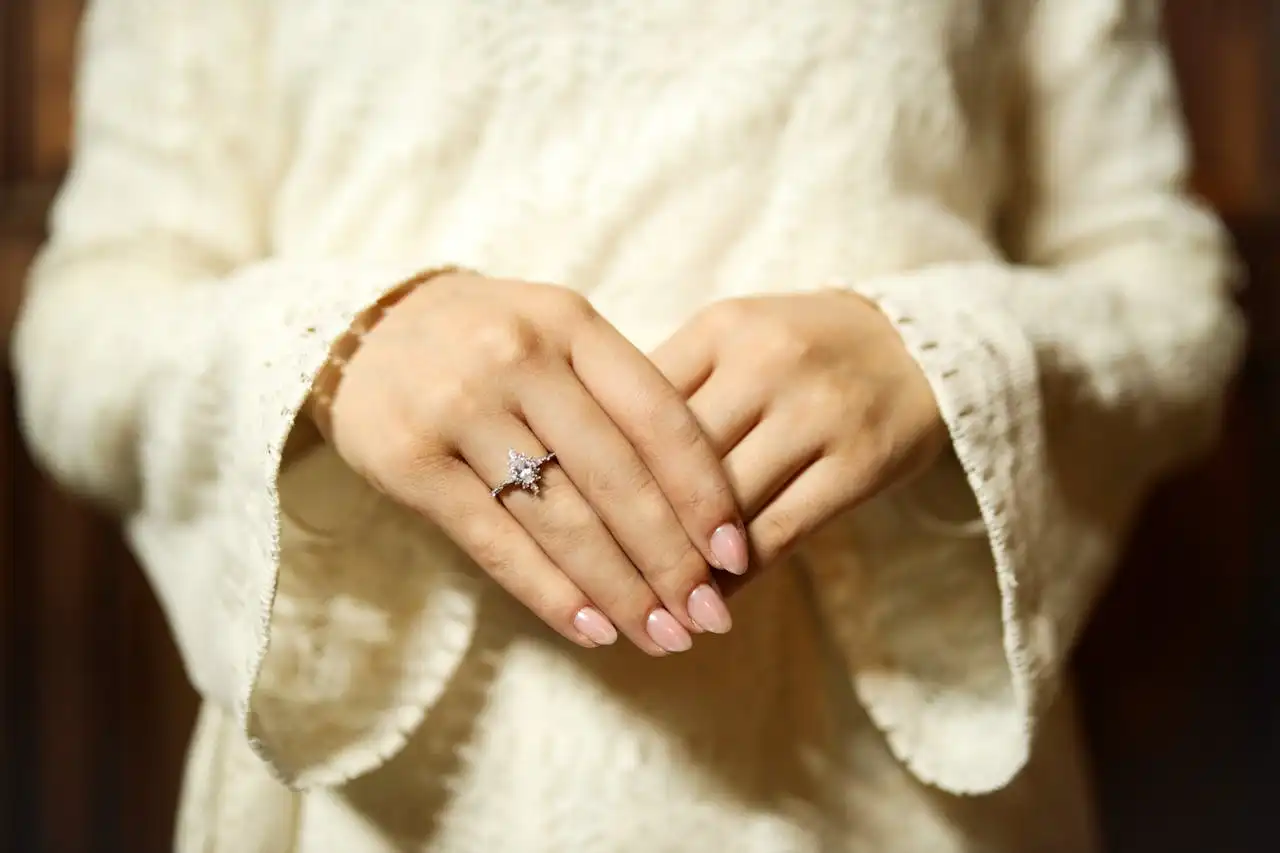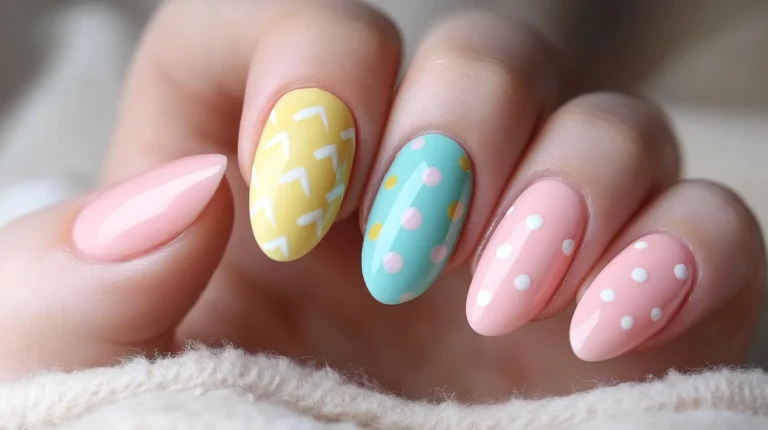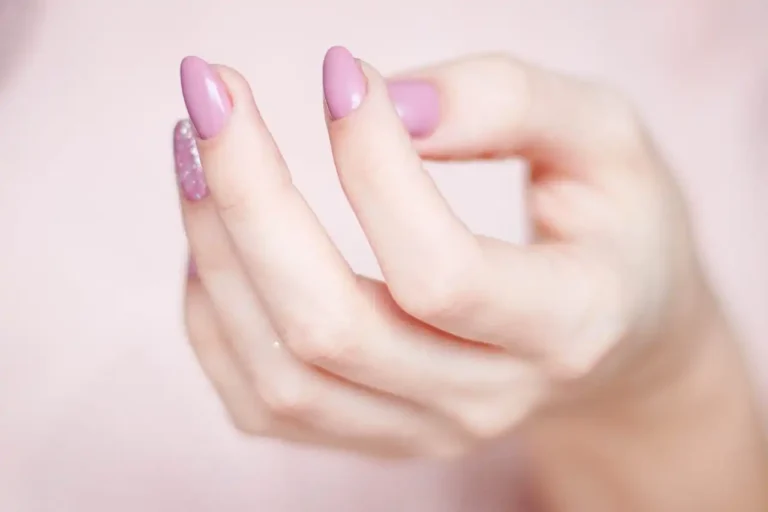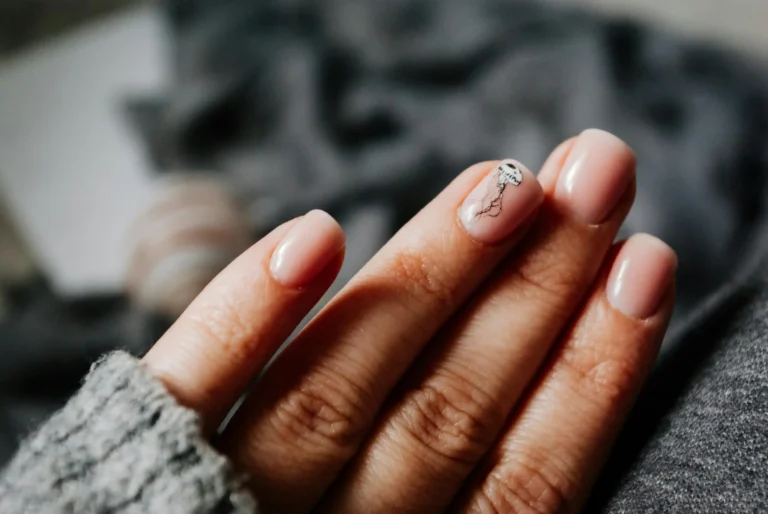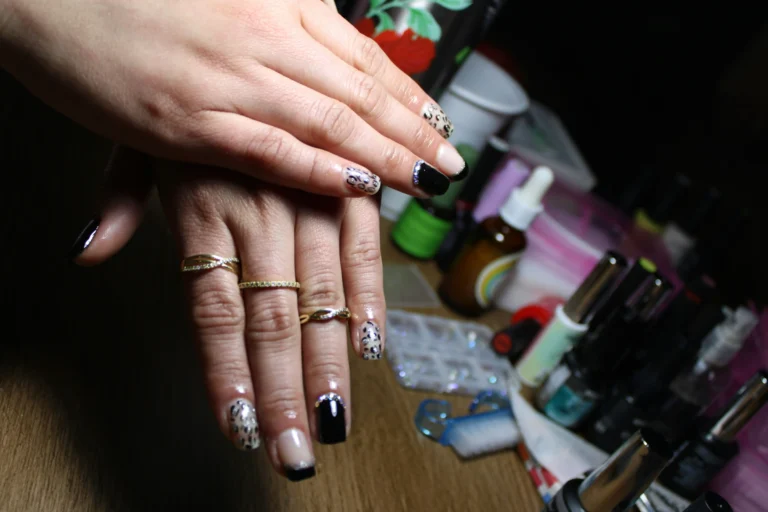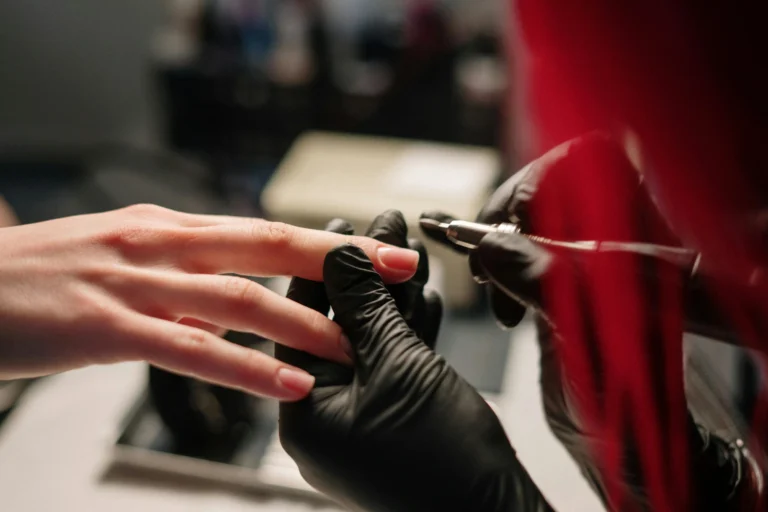Daily Nail Care Routine for Healthier Hands and Nails
Your nails reveal more about your health and hygiene than you might think. They’re constantly exposed to harsh elements, from household cleaners to environmental pollutants.
A consistent daily routine transforms brittle, damaged nails into strong, beautiful ones. You don’t need expensive treatments or salon visits to achieve healthy nails.
Small daily habits make the biggest difference. When you commit to proper nail care, you’ll notice improvements within weeks.
Understanding Your Nail Health

Your nails grow from the nail matrix, located beneath your cuticles. This living tissue produces the keratin that forms your nail plate.
When you understand this process, you realize why consistent care matters so much.
Healthy nails appear smooth, uniform in color, and free from ridges or spots. They should feel strong yet flexible, not brittle or overly soft.
You’ll notice that well-cared-for nails have a natural shine and grow at a steady rate of about 3-4 millimeters per month.
Poor nail health shows up in various ways. You might see white spots, vertical ridges, or yellowing.
Brittle nails that split or break easily signal dehydration or nutritional deficiencies. When you address these issues early, you prevent more serious problems.
Environmental factors affect your nail health daily. Cold weather, frequent handwashing, and exposure to chemicals all take their toll.
Your daily routine should protect against these damaging elements while promoting healthy growth.
Essential Daily Cleaning Routine
Start each morning by examining your nails and hands. Look for any changes in color, texture, or growth patterns.
This daily check helps you catch problems early and adjust your routine accordingly.
Wash your hands thoroughly with lukewarm water and gentle soap. Hot water strips natural oils from your skin and nails, leading to dryness and brittleness.
You should scrub for at least 20 seconds, paying special attention to the area under your nails where bacteria accumulates.
Use a soft nail brush to clean beneath your nails gently. Harsh scrubbing damages the nail bed and can cause infections.
Work the brush in small, circular motions to remove dirt and debris without causing trauma to the delicate skin underneath.
Dry your hands completely after washing. Trapped moisture creates an environment where bacteria and fungi thrive.
Pat your hands dry rather than rubbing vigorously, which can cause micro-tears in the skin around your nails.
Proper Nail Trimming and Shaping Techniques
Trim your nails when they’re slightly damp, as this prevents splitting and cracking. The best time is right after a shower or after soaking your hands in warm water for a few minutes.
Dry nails are more likely to splinter when cut. Cut your nails straight across, then round the tips slightly with a file.
This shape prevents ingrown nails and reduces the likelihood of breaks. Avoid cutting your nails too short, as this can lead to painful hangnails and increased risk of infection.
File in one direction only, from the outer edge toward the center. Back-and-forth filing creates tiny tears in the nail that weaken its structure.
Use a fine-grit file for the smoothest finish and least damage to your nails. Shape your nails to complement your finger shape and lifestyle.
If you work with your hands frequently, keep nails shorter and more rounded. For a more elegant look, you can maintain slightly longer nails with a gentle oval or almond shape.
Cuticle Care Fundamentals
Your cuticles protect the nail matrix from bacteria and infection. Work slowly and never force the cuticles back, as this can cause bleeding and scarring.
Never cut your cuticles, as this creates open wounds that invite infection. Instead, push them back gently after softening them with warm water or cuticle oil.
Apply cuticle oil or cream daily to keep this delicate skin soft and pliable. Massage the product into your cuticles using circular motions.
This stimulates blood flow to the nail matrix, promoting healthy growth and preventing hangnails.
Use a wooden or rubber cuticle pusher to gently push back your cuticles. Metal tools can be too harsh and may damage the delicate skin.
Address hangnails immediately when they appear. Trim them carefully with clean nail scissors, cutting as close to the base as possible.
Apply an antiseptic and keep the area moisturized to prevent infection and promote healing.
Moisturizing for Optimal Nail Health
Moisturize your hands and nails multiple times throughout the day. Your nails are porous and absorb moisture from the surrounding skin.
When your hands are dry, your nails become brittle and prone to breaking.
Choose hand creams that contain beneficial ingredients like vitamin E, jojoba oil, or lanolin. These ingredients penetrate deeply and provide long-lasting hydration.
Apply cream after every hand washing and before bedtime for maximum benefit. This extra attention prevents painful tears and keeps your nails looking neat.
Pay special attention to the skin around your nails during moisturizing. Massage cream into your cuticles and the sides of your nails where hangnails commonly develop.
Use overnight treatments for intensive hydration. Apply a thick layer of hand cream or cuticle oil before bed, then wear cotton gloves to lock in moisture.
This deep conditioning treatment repairs damage and strengthens your nails while you sleep.
Protective Measures Throughout the Day

Wear gloves when cleaning, gardening, or working with chemicals. These activities expose your nails to harsh substances that can weaken and discolor them.
Rubber gloves for wet work and gardening gloves for outdoor tasks provide essential protection.
Avoid using your nails as tools. Opening cans, scratching off labels, or picking at things puts unnecessary stress on your nails and can cause breaks or chips.
Keep proper tools nearby to resist the temptation to use your nails inappropriately. They also help prevent staining and make polish removal easier and less damaging.
Apply a base coat before using nail polish. Base coats create a protective barrier between your nails and potentially damaging pigments in colored polish.
Limit your exposure to acetone-based nail polish removers. These harsh chemicals strip natural oils from your nails and surrounding skin.
When you must use them, apply cuticle oil immediately afterward to restore moisture and flexibility.
Weekly Deep Care Treatments
Dedicate time each week to intensive nail care. Soak your hands in warm water with a few drops of olive oil or vitamin E oil.
This treatment deeply hydrates your nails and cuticles while removing any buildup of dead skin cells.
Exfoliate your hands and nails gently with a sugar scrub or pumice stone. This removes dead skin cells and improves circulation to the nail bed.
Focus on rough areas around your knuckles and heels of your hands where skin tends to build up.
Apply a strengthening treatment if your nails are weak or prone to breaking. Look for products containing protein, calcium, or keratin.
These ingredients help rebuild the nail structure and improve flexibility and strength over time.
Give your nails a break from polish occasionally. Bare nails allow you to assess their true condition and let them breathe.
Use this time to focus on intensive moisturizing and strengthening treatments.
Nutrition and Lifestyle Factors
Your diet directly affects your nail health. Include protein-rich foods like lean meats, fish, eggs, and legumes in your daily meals.
Your nails are made primarily of protein, so adequate intake is essential for strong, healthy growth.
Stay hydrated by drinking plenty of water throughout the day. Dehydration shows up quickly in your nails, making them brittle and prone to splitting.
Aim for at least eight glasses of water daily, more if you’re active or live in a dry climate. Always consult with a healthcare provider before starting any new supplement regimen.
Take biotin supplements if your doctor recommends them. This B vitamin supports nail strength and growth, though results take several months to become visible.
Manage stress levels, as chronic stress can affect nail growth and health. High stress levels can lead to nail biting, picking, and slower growth rates.
Practice relaxation techniques and maintain a balanced lifestyle for optimal nail health.
Common Mistakes to Avoid
Stop biting your nails and picking at your cuticles. These habits introduce bacteria into small wounds and can cause permanent damage to your nail bed.
If you struggle with these behaviors, try keeping your hands busy with stress balls or fidget toys.
Don’t ignore changes in your nail appearance. Sudden changes in color, texture, or growth patterns can indicate underlying health issues.
Consult a dermatologist if you notice persistent black lines, severe brittleness, or unusual discoloration.
Avoid over-filing your nails. Excessive filing weakens the nail structure and can cause them to become thin and prone to breaking.
File only when necessary and use gentle, consistent strokes in one direction. Never rip or tear hangnails or loose cuticle skin.
This can cause infection and permanent scarring. Always use clean tools to trim away loose skin, and apply antiseptic to any small wounds that result.
Essential Tools and Products
Invest in high-quality nail care tools that will last for years. A good nail clipper, fine-grit file, and cuticle pusher form the foundation of your nail care kit.
Keep these tools clean and sharp for the best results and to prevent infection. Choose gentle, nourishing products over harsh chemicals.
Look for nail polish removers that are acetone-free or contain moisturizing ingredients. Select hand creams with natural oils and vitamins that support nail health.
Keep a small nail care kit in your purse or desk drawer for touch-ups throughout the day. Include a nail file, cuticle oil, and hand cream for quick maintenance when needed.
This prevents small problems from becoming bigger issues. Replace old or damaged tools regularly.
Dull nail clippers can crush rather than cut nails cleanly, leading to splits and tears. Old files may have rough surfaces that damage your nails instead of smoothing them.
Building Your Personal Routine
Start slowly when establishing a new nail care routine. Begin with basic daily cleaning and moisturizing, then gradually add weekly treatments and protective measures.
Consistency matters more than complexity in achieving healthy nails. Track your progress by taking photos of your nails monthly.
Customize your routine based on your lifestyle and nail condition. If you work in a dry environment, increase moisturizing frequency.
If your nails are naturally strong, you might need less intensive treatments than someone with brittle nails.
This helps you see improvements that might be gradual and hard to notice day-to-day. Celebrate small victories as your nails become stronger and more attractive.
Be patient with results. Nail improvement takes time because nails grow slowly.
You might not see significant changes for 6-8 weeks, as it takes that long for new, healthy nail growth to become visible at the nail tip.
Seasonal Adjustments
Modify your routine based on seasonal changes. Winter weather requires more intensive moisturizing due to lower humidity and indoor heating.
Summer sun exposure may necessitate UV protection for your hands and nails. Adjust your hand washing frequency during flu season while maintaining nail health.
Increase your moisturizing routine during cold months when indoor heating dries the air.
Use heavier creams and consider running a humidifier in your bedroom to maintain optimal moisture levels for your skin and nails.
Protect your nails from sun damage during summer months by applying broad-spectrum sunscreen to your hands.
UV rays can cause discoloration and weaken the nail structure over time, especially if you spend significant time outdoors.
More frequent washing is necessary for health, but follow each washing session with immediate moisturizing to prevent excessive dryness.
Troubleshooting Common Issues
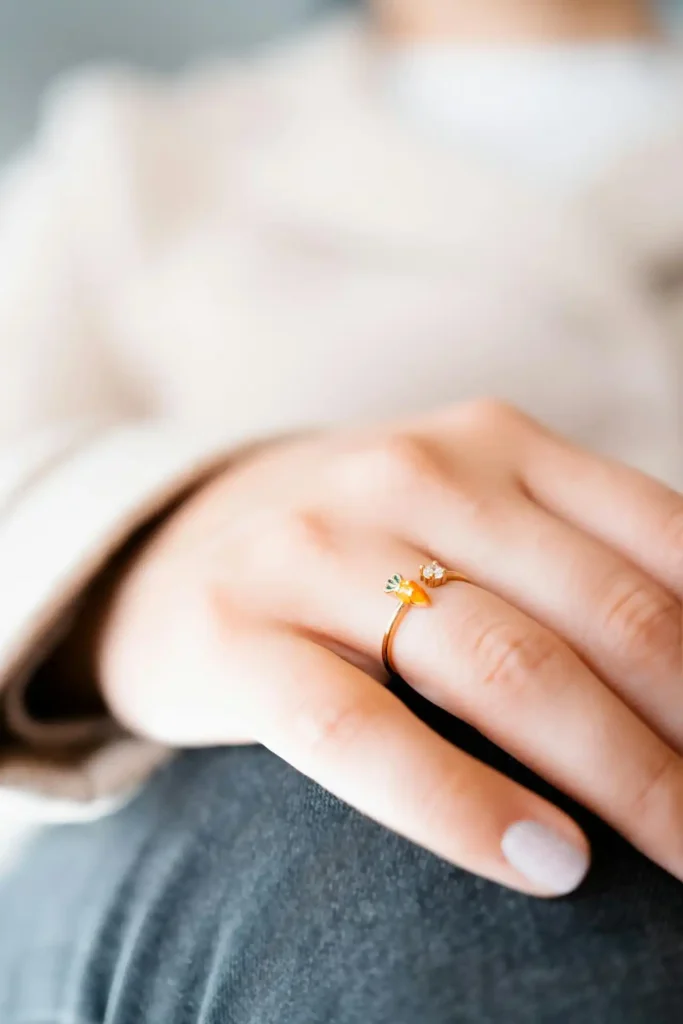
Address yellow stains by soaking your nails in lemon juice or baking soda paste. These natural bleaching agents can remove surface stains without damaging your nails.
Always moisturize thoroughly after using these treatments to prevent dryness. Strengthen weak nails with protein treatments and gentle handling.
Avoid harsh chemicals and give your nails time to recover between manicures. Consider taking a break from nail polish to allow your nails to strengthen naturally.
Treat splitting nails by keeping them shorter and well-moisturized. Strengthen weak nails with protein treatments and gentle handling.
Use a nail hardener temporarily, but discontinue use once your nails improve to prevent over-hardening, which can lead to more brittleness.
Combat slow growth by improving your diet and ensuring adequate protein intake. Massage your cuticles daily to stimulate blood flow to the nail matrix. x
Conclusion
Healthy nails result from consistent daily care, proper nutrition, and protection from damage.
Your commitment to these simple habits will reward you with stronger, more beautiful nails.

